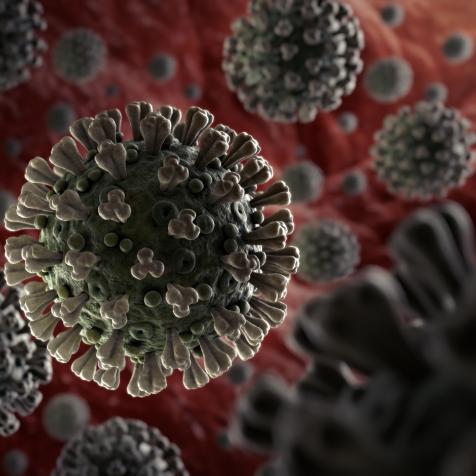
Arthur Sasse
What's the Story Behind That Wacky Einstein Tongue Photo?
Learn the truth behind this famous wacky tongue photo.
When you think of Albert Einstein, what comes to mind? Is it his theory of special relativity, the one that generated the famous equation E=mc2? Is it his Nobel Prize for his discovery of the photoelectric effect? Who are you kidding — if you're like most of us, the first thing that pops in your head when you think of Albert Einstein is that wacky tongue photo you see everywhere. For a serious scientist who made such formidable discoveries about the universe, that's a pretty silly face to make, but it makes sense when you understand the circumstances.
A Timeless Tongue
The image that the Guardian calls "arguably one of the best known press photographs of any 20th century personality" was taken on March 14, 1951 — Einstein's birthday. The scientist was leaving his 72nd birthday party at Princeton University, which had been swarming with photographers, and was understandably tired of smiling all night.
As he left the event and climbed into the backseat of a car between Dr. Frank Aydelotte, the former head of the Institute for Advanced Study at Princeton University, and Aydelotte's wife, Marie Jeanette, another throng of reporters and photographers advanced. Einstein was in no mood. According to legend, he shouted, "That's enough!" But they didn't listen. Out of exasperation — and maybe a little spite — Einstein stuck his tongue out at the crowd, then immediately turned away. Arthur Sasse from UPI was lucky enough to capture the split-second shot.
It Pays to Be Persistent
Einstein might have been over it that night, but he was still a good sport. He loved the photo Sasse snapped and asked UPI for nine prints he could use as personal greeting cards. Most of them were cropped to include only his face, creating the iconic image we all know today.
One, however, remained as-is, and he signed it for a reporter. In 2017, that photo sold at auction for a whopping $125,000.
This article first appeared on Curiosity.com.


















